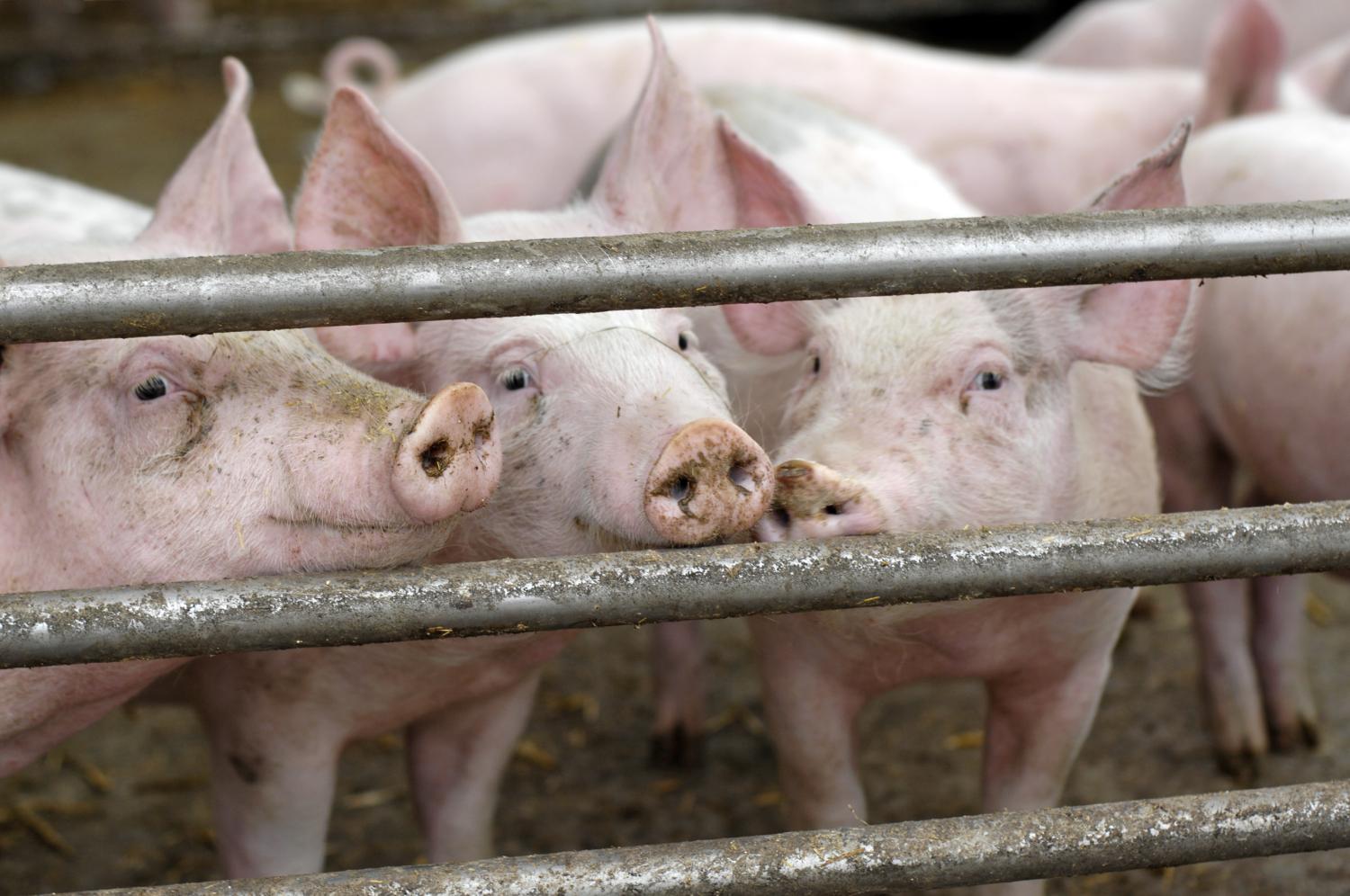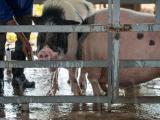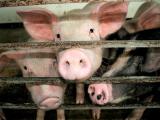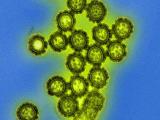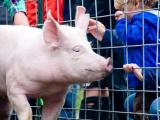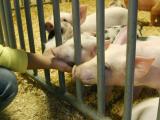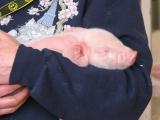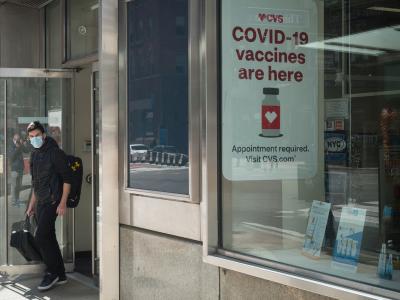Indiana health officials yesterday reported four variant H3N2 (H3N2v) influenza infections in people who attended the same county fair, which could herald a wave of similar infections that occurred last summer.
All four of the people visited the Grant County Agricultural Fair from Jun 16 to Jun 22 before they got sick, and at least two had contact with swine, according to a statement from the Indiana State Department of Health (ISDH). Grant County is in central Indiana, and the fairgrounds are located in Marion.
The Indiana State Board of Animal Health said 13 pigs at the fair tested positive for H3N2 and that pigs infected with swine influenza viruses sometimes don't show any signs of illness. Flu viruses aren't transmitted by eating pork or pork products.
H3N2v was first detected in people in July 2011, and only 12 cases were detected from five states that year. But the number of cases skyrocketed over the summer of 2012, with hundreds of infections in 12 states, according to the Centers for Disease Control and Prevention (CDC). The H3N2 strain was first detected in swine in 2010.
The swine-origin H3N2v reassortant includes the matrix (M) gene from the 2009 H1N1 virus.
William VanNess II, MD, Indiana's health commissioner, said in the statement, "If you plan to attend a fair this summer, just be sure to wash your hands frequently and avoid taking food into areas where animals are kept."
Indiana was one of the states hit hardest last summer by fair-related H3N2v cases. It accounted for 138 of the nation's 309 cases in 2012. Most illnesses were mild, though H3N2v infections were linked to 16 hospitalizations and 1 death.
The ISDH said several county fairs will open in the next few weeks and state health officials are increasing their surveillance for flulike illnesses. It is also urging people who get sick after attending fairs or being around animals to contact their health providers and said that those at risk for flu complications should avoid close contact with swine at fairs.
Michael Jhung, MD, MPH, a medical epidemiologist in the CDC's influenza division, told CIDRAP News that in some respects it isn't surprising to see reports of H3N2v infections as the summer fair season gets under way. Pigs can be infected with the virus, and the setting provides opportunities for pigs and people to get sick, he said.
The CDC is paying very close attention to the virus and will be looking for small changes that might allow it to spread among people more efficiently or cause more severe disease, Jhung said. "We will watch every case report with those primary goals."
Prevention guidelines
Anticipating another spike in H3N2v infections at fairs, two veterinary public health organizations formed a working group to make recommendations for minimizing transmission at fairs this summer. The working group posted the recommendations on the National Association of State Public Health Veterinarians (NASPHV) this spring. The NASPHV organized the working group with the National Assembly of State Animal Health Officials (NASAHO).
About 150 million people in North America visit agricultural fairs each year, which is an important learning venue, especially for young people who care for and show their animals, according to the report. Though infrequent, influenza A infections can spread from pigs to people and from people to pigs.
The groups said the recommendations are meant to limit the spread of the virus between swine, from people to swine, and from swine to people. The team wrote that the recommendations can be tailored to meet the needs of different exhibition settings.
For example, to protect swine, the group suggested shortening the time pigs are on exhibition grounds to no more than 72 hours, separate longer exhibits (such as big boar displays or birthing centers) from competition areas, and establish a relationship with a veterinarian who can monitor the pigs and evaluate sick ones.
For pig handlers, measures include working with a veterinarian to apply appropriate biosecurity measures at home, being familiar with flu signs in the animals, and refraining from showing a pig and its herd mates for at least 7 days after returning from an exhibition.
Some of the measures to protect people include hosting activities such as providing easy access to hand washing stations, discouraging sleeping in animal areas, and holding activities such as dances and pizza parties in areas other than animal barns.
See also:
Jun 27 ISDH press release
March/April NASAHO/NASPHV recommendations
